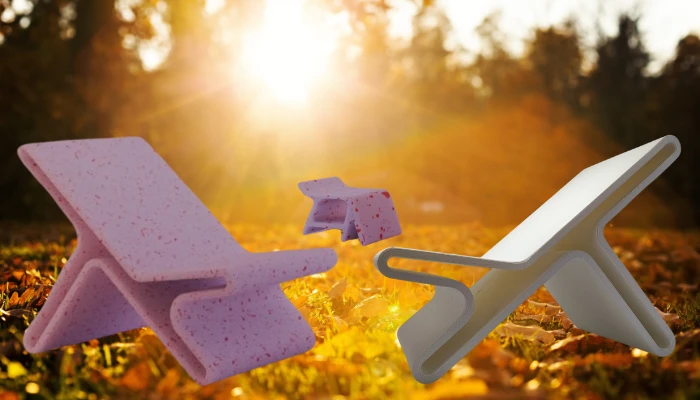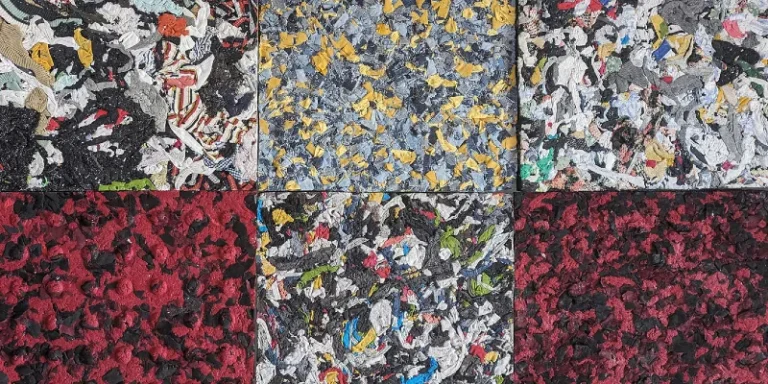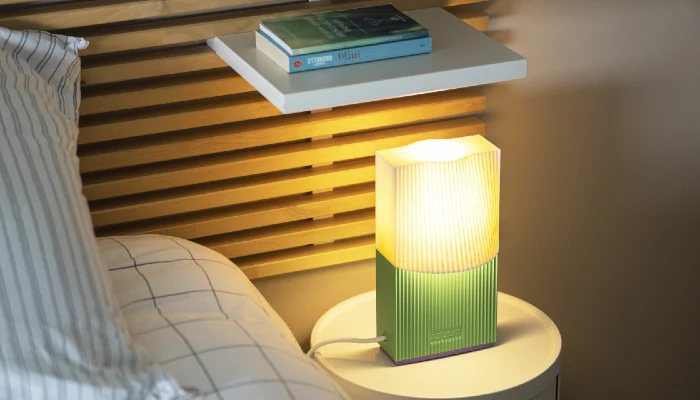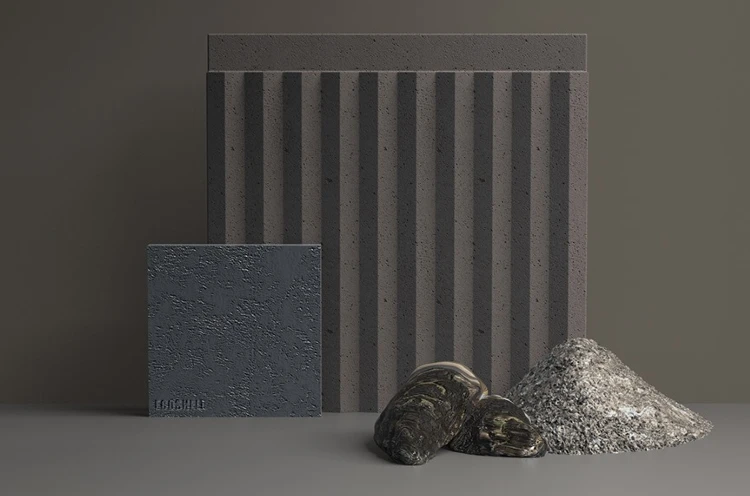Turning Plastic Waste into Functional Furniture with 3D Printing
The idea of furniture crafted entirely from recycled plastic that’s been purposefully donated feels like a glimpse into the future—a future where everyone works together to lower carbon emissions and waste. What a wonderful future that would be!
Designer Ethan Solodukhin’s Revo Chair Concept uses innovative 3D-printing technology to transform plastic waste into stylish and functional furniture.
Through the PlastiVista Atelier program, this project gets entire communities involved in creating sustainable pieces from plastic pollution

How It Works Taking Trash to Treasure
The PlastiVista Atelier program collects plastic waste from households, schools, and communities. The donated plastic is processed into filament suitable for 3D printing. Using this material, the Revo Chair and Stoool (not a typo) are printed with 100% recycled plastic, ensuring a closed-loop system for plastic reuse.
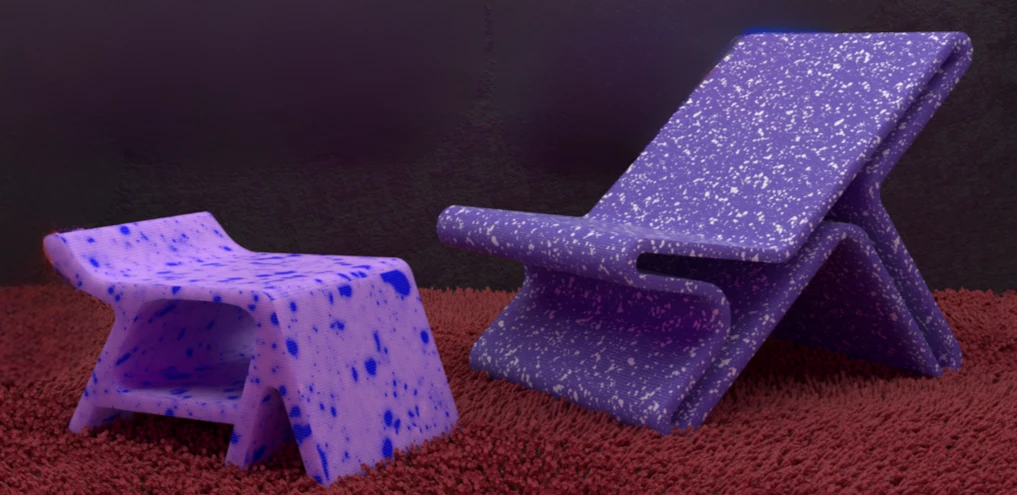
Revo Chair: A versatile piece designed with dual functionality. It serves as a chair but can also be reoriented to provide storage space. Its simple, single-piece design do show the possibilities of 3D printing.
Stoool: Compact and minimalistic, this seat doubles as a side table, offering flexibility for small spaces.
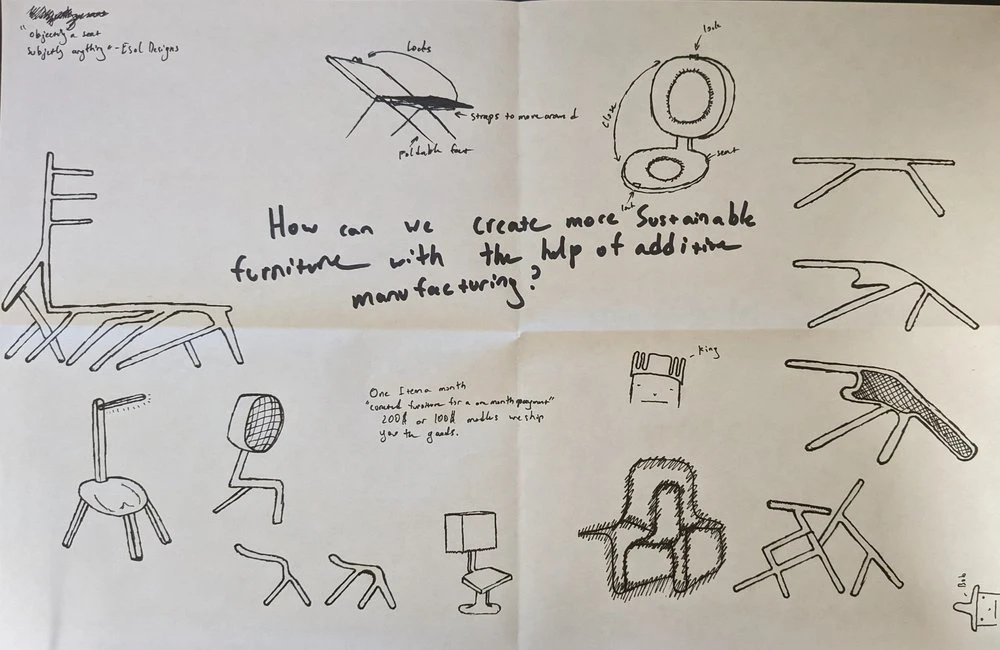
Sustainability Meets Community Involvement
What sets this initiative apart is its integration of community-driven sustainability. By inviting people to donate their plastic waste, the PlastiVista Atelier program promotes awareness and responsibility.
This process not only diverts waste from landfills but also gives plastic a second life as functional furniture.

Addressing Durability and Comfort
The main question for 3D-printed furniture often centers on usability.
While the Revo Chair and Stoool are visually appealing (if you like that aesthetic) and environmentally friendly, their durability and comfort are questionable. Sure, these chairs are conversation pieces, but do you think you’ll sit comfy binging Netflix for an entire evening?
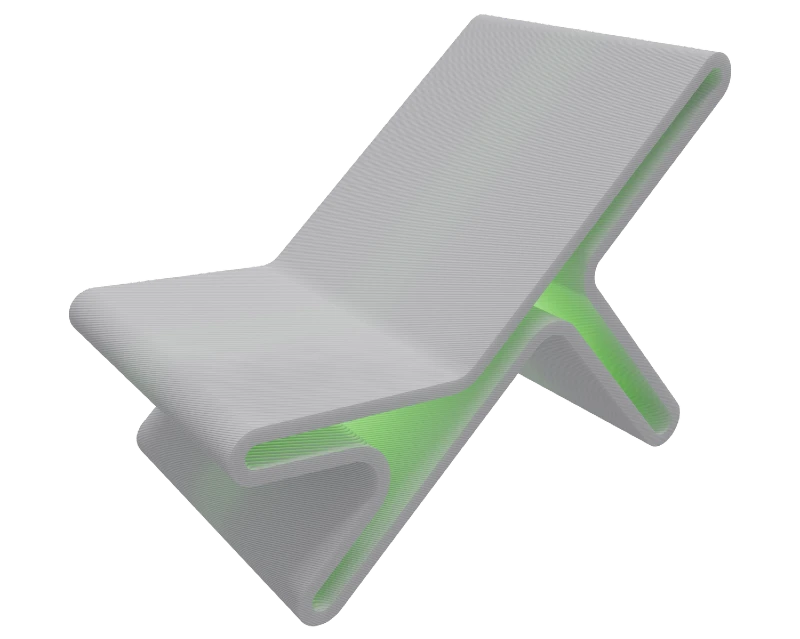
Designers will need to ensure that these pieces can withstand daily wear and remain comfortable for prolonged sitting, addressing any skepticism about 3D-printed furniture’s practicality.
Why This Matters
Plastic waste is one of the biggest environmental challenges, with over 300 million tons produced globally each year. Regardless of the lofty greenwashy claims, less than 10% of it gets recycled.
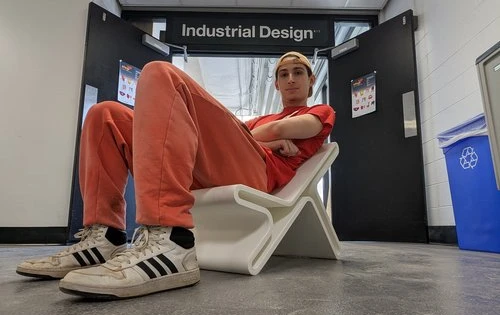
Projects like the Revo Chair Concept show how design and technology can tackle this issue, transforming waste into something both beautiful and useful. By emphasizing reuse and community participation, these chairs are more than just furniture—they’re part of a larger movement toward sustainable living.
Designer: Ethan Solodukhin
Ethan Solodukhin is an industrial designer focused on creating sustainable and functional solutions.
At RIT, Ethan has led projects like the Revo Chair, a sustainable furniture concept utilizing advanced 3D printing , and the Nomad Nest, a modular outdoor living solution. His work reflects a commitment to sustainability, innovation, and precision, with expertise in additive manufacturing and digital design tools.







